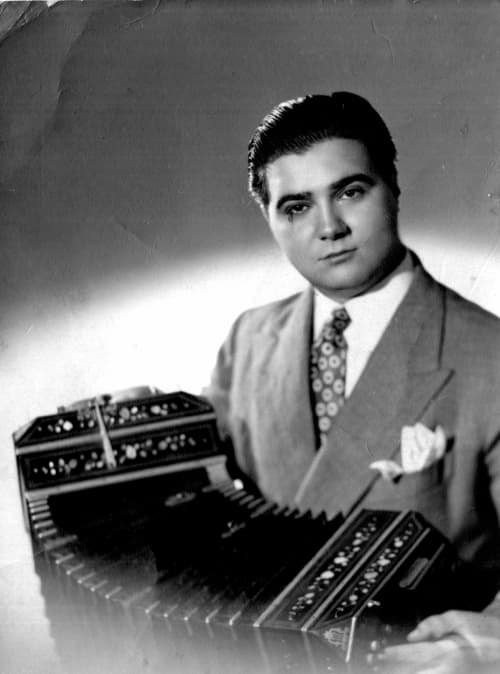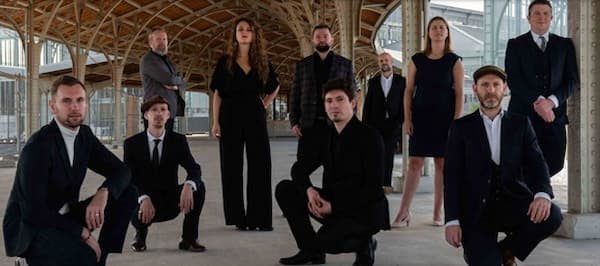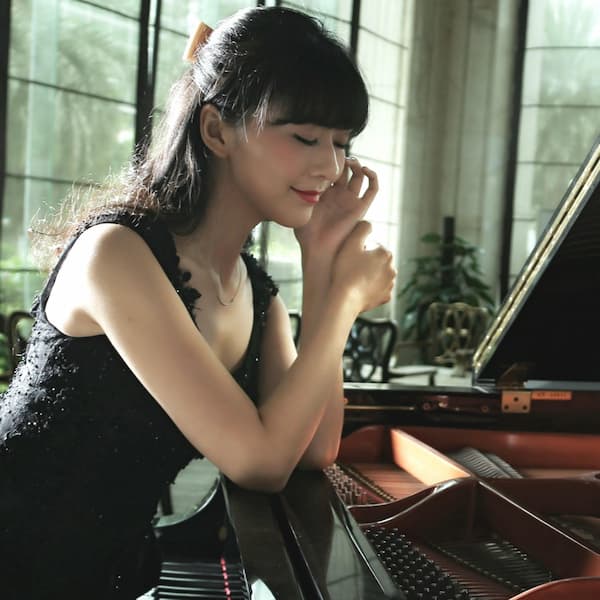April kicks off the year-long centennial celebrations for the Argentine tango composer and player Eduardo Rovira. Interlude first looked at his work in a 2024 review of a unique multi-media production called Five-Six-Seven-Eight. Now, SONICO is taking Rovira back to Argentina for the third time to perform and record. We spoke with Ariel Eberstein, SONICO’s Artistic Director, about their plans and future.

Eduardo Rovira
Two of Rovira’s most iconic albums, Sonico (1969) and Que lo Paren (1975), will be recorded by SONICO before a live audience and will bring back music that hasn’t been heard for some 60 years.

SONICO
To get to that point, SONICO needed to start much deeper than just rehearsing and performing. First, they had to do the basic research to find the music. Little was published, and what was published was put on paper purely for copyright reasons, not for performance reasons. At best, SONICO might find a piano score-reduction, which to a tango ensemble must surely be the tip of the iceberg. What’s invisible is everything that went into making Rovira’s music his own. That’s where SONICO had to do what they refer to as their ‘intensive archaeological effort’. One of the results of this research is their recently released footage of Rovira in performance, as part of a 1976 French documentary on the fall of Juan Perón. SONICO’s bandoneonist, Lysandre Donoso, discovered it two years ago, and the group have spent the time since its discovery putting together the context for the video.
Eduardo Rovira (30 April 1925–29 July 1980) was a contemporary of the better-known Astor Piazzolla. However, except for one ill-fated European journey, Rovira stayed in Argentina, while Piazzola had a life in New York and Paris and elsewhere. Piazzola was best at promoting Piazzola, whereas Rovira promoted tango.
SONICO (which takes its name from Rovira’s 1969 album), starts its Latin American tour on 24 April 2025 in Buenos Aires. Later in the year, they will be in Belgium (May), Italy (July), and Luxembourg. The Netherlands, Belgium (September, October, November), and Switzerland (November), before returning to Belgium and the Netherlands in early 2026. It’s an ambitious touring schedule, and will bring the music of Eduardo Rovira both to audiences that were familiar with him in the 20th century and to a 21st-century audience.
Piazzolla acknowledged Rovira’s tango innovations as being ahead of their time, even saying that ‘there was a time that Rovira was more revolutionary than me’. Like Piazzolla, Rovira sought to expand the limits of tango. More so than Piazzolla, Rovira used 12-tone compositional ideas and also elements from Argentina’s folkloric tradition.
One of the changes in Argentina in the 1950s was both the invasion of rock and roll into the music scene and the invasion of people from the countryside into Buenos Aires. They wanted to hear their own music and a taste for music from their home regions was addressed by bringing that music into tango. For Rovira, musical influences coming from Schoenberg and Stravinsky also had a place in tango. Rovira’s first trio in 1965 was the first to bring electronic amplification to the tango scene.
Piazzolla’s tango nuevo is not found in Rovira’s music. They weren’t competitors but contemporaries who knew and admired each other’s music.
Check SONICO’s website for their tour schedule, videos of their performances, and more information on Eduardo Rovira. Discover another voice of the Argentinian tango in the year of Rovira 100.
For more of the best in classical music, sign up for our E-Newsletter



